The next weeks will be filled with remembrances, fulsome appreciations, and harsh criticism of Henry Alfred Kissinger, who died Wednesday at 100. His prominence is well deserved. The only modern secretaries of state who rank with him are George C. Marshall and Dean Acheson, who constructed the architecture of Cold War containment in the late 1940s.
Kissinger’s central achievement was updating that architecture to include China, less as an American ally than as a Russian adversary. Until the late 1960s, Washington and Beijing had seen each other as bitter foes, not only because they had fought each other in the Korean War but because they represented the era’s two opposed ideologies. What Kissinger and his boss, President Richard Nixon, recognized is communist ideology alone was not enough to keep China tied to the Soviet Union as a subordinate ally or enough to prevent America from seeking mutually beneficial ties with Beijing.
Kissinger and Nixon, himself an incisive international strategist, recognized that Maoist China faced a serious security threat from the Soviet Union and viewed it as a rival in spreading communist ideology. They realized America could exploit the deepening cleavage between the USSR and People’s Republic of China and that Mao had good reasons to accept America’s offer of warmer relations.
The relationship Kissinger and Nixon forged with China yielded real strategic benefits for Washington. It kept a significant portion of the Soviet Army pinned down on the border with China, easing the military pressure Moscow put on America’s allies in Western Europe.
This limited partnership between the US and China came at a price, paid, in part, by Taiwan. Since 1949, that island had been governed by the losing side in the Chinese Civil War. The island’s government, led by Chiang Kai-shek, maintained that Taiwan was still very much part of China and that Chiang and his party were the legitimate rulers of the entire country. Mao agreed that the island was part of China but asserted, naturally, that his regime should rule the entire territory. That conflict is still with us. It was not resolved when Kissinger and Nixon opened the relationship with Beijing. Indeed, the mainland’s threat to the island is one of the most pressing strategic issues facing the United States.
Kissinger and Nixon — it is crucial to think of them together — knew Mao would not accept any deal in which the US recognized Taiwan as a sovereign state, separate from China. So, they did what any good Realist would do. They didn’t try to solve this intractable problem — they tried to manage it. They accepted the shift of China’s seat as a permanent member of the UN Security Council to Beijing, giving them, not Taiwan, the veto power that came with the seat. At the same time, they continued America’s bilateral military support for Taiwan, a posture that was ultimately directed against the PRC.
The relationship Nixon and Kissinger forged with China laid the basis for China’s own transformation. Mao’s successor, Deng Xiaoping, sustained the Communist Party’s rule while significantly altering the economy, opening it to great private initiative and profitable enterprises. The world was fundamentally changed by China’s ensuing growth and America’s decision to seek trade and investment in that market and fold it into the World Trade Organization. Those changes came after Kissinger left office, but his policies encouraged the economic rise of China and the regularization of its position in international affairs.
Some Americans hoped China’s growth would lead to its democratization. Kissinger was too much of a Realist to share that hope. He knew the communists who ruled China had no intention of sacrificing their control, no intention of taking Mikhail Gorbachev’s fatal step of trying to liberalize the country’s political and economic systems simultaneously. If there was any doubt about the path China would choose, it ended with the deadly crackdown on democratic protests at Tiananmen Square in 1989. That brutal repression showed the Chinese Communist Party would maintain its firm political control.
Kissinger’s bone-deep commitment to Realism is also why he is so sharply criticized. The two foci are his role in the Vietnam War, which continued throughout the Nixon presidency, and his involvement in the 1973 coup that overthrew Chile’s Salvador Allende and his democratically-elected left-wing government. It was replaced by General Augusto Pinochet and his right-wing regime, which became closely associated with the US and with Henry Kissinger.
For some years, critics thought the US might have organized the Chilean coup, with all its deadly consequences and continuing repression. We now know the US supported the coup but did not organize it. US corporations operating there played a supporting role, mainly to protect their investments from Allende’s left-wing government, which threatened them.
But the reasons Kissinger and Nixon supported the overthrow of Allende and backed the Pinochet regime were far less economic than geopolitical. They saw Allende inching closer and closer to an alliance with the USSR. The US was strongly opposed for obvious reasons and eager to support a friendlier regime, if it could do so secretly and without using US troops.
The Pinochet regime’s reign of domestic repression was closely associated with its strongest international backer, the United States. The backlash in the US was intense, mainly because overthrowing a democratically-installed government and replacing it with a military regime violates Americans’ deepest vision of our country’s benign role in the world. Whether we adhere those values or not, we believe in them.
Kissinger himself understood the tension between those democratic values and the Realpolitik he wished to practice. American leaders and their policies needed popular support, and that support depended, in part, on voters’ believing the policies advanced their values as well as their economic and security interests. Kissinger correctly saw those demands as a fundamental limit on the pursuit of amoral Realpolitik. Kissinger may have admired Bismarck, but he was wise enough to know the American voting public was far different from Bismarck’s Kaiser Wilhelm I.
The other major criticism of Kissinger was his role in continuing the Vietnam War while he was Nixon’s national security advisor and then secretary of state. Some half of the American deaths occurred during those years. Why didn’t Kissinger work to end it earlier? That decision was ultimately Nixon’s, but Kissinger concurred, fearing an abrupt withdrawal and abject defeat would erode America’s global position.
Kissinger became the administration’s principal negotiator in the Paris peace talks that ended the US role in the war, winning the Nobel Peace Prize for his efforts. But his role in prolonging this unwinnable war, at such great cost in lives and treasure, made him anathema to America’s large anti-war movement. Equally important, the deal he reached was little more than a temporizing effort. It merely delayed the time between America’s exit and North Vietnam’s victory. When Kissinger struck the deal, he surely knew what was in store for America’s ally in South Vietnam.
Kissinger’s other major international role came during the 1973 Yom Kippur War, launched by Egypt and Syria. His role there was far more successful, both in buttressing the Israeli military with airlifts and then preventing Moscow from coercing Israel with its nuclear arsenal. The Kremlin had deliberately encouraged the surprise attack, and it posed a nuclear threat after Israel regained its footing and began to defeat the Soviet allies. The airlifts Kissinger arranged not only resupplied Israeli forces, they signaled America’s support for the Jewish state at war.
The nuclear threat arose when the US detected a Soviet ship bound for Egypt and believed, wrongly as it turned out, that it was carrying nuclear warheads. To prevent Moscow using its nuclear arsenal to coerce Israel, Kissinger and Nixon ordered America’s own nuclear forces be put on “DEFCON-3” alert status. (DEFCON-1 is the highest level.) America’s response and the prospect of a nuclear confrontation led the Soviets to back down. The Israelis went on to win the conventional war.
These episodes are just some that polemicists will argue over Kissinger’s bier and scholars will argue in books and journals for years to come. They will talk about his role as an éminence grise after leaving office and his years of mediating between the US and China and profitably consulting around the world.
In doing so, they should remember him not just at his heights, but as someone whose life traces a remarkable arc. Little Heinz was born in Bavaria in 1923. He fled the Nazis with his Jewish family in 1938, fought against them in World War Two, returned to America and gained a doctorate from Harvard, rose to the highest levels of academia and then reached the highest appointed levels of government in his adopted country. Amid the debates about his life and career, he will surely be remembered as one of the most significant statesmen of the Cold War era. Henry Kissinger led a consequential life, and the consequences are with us still.



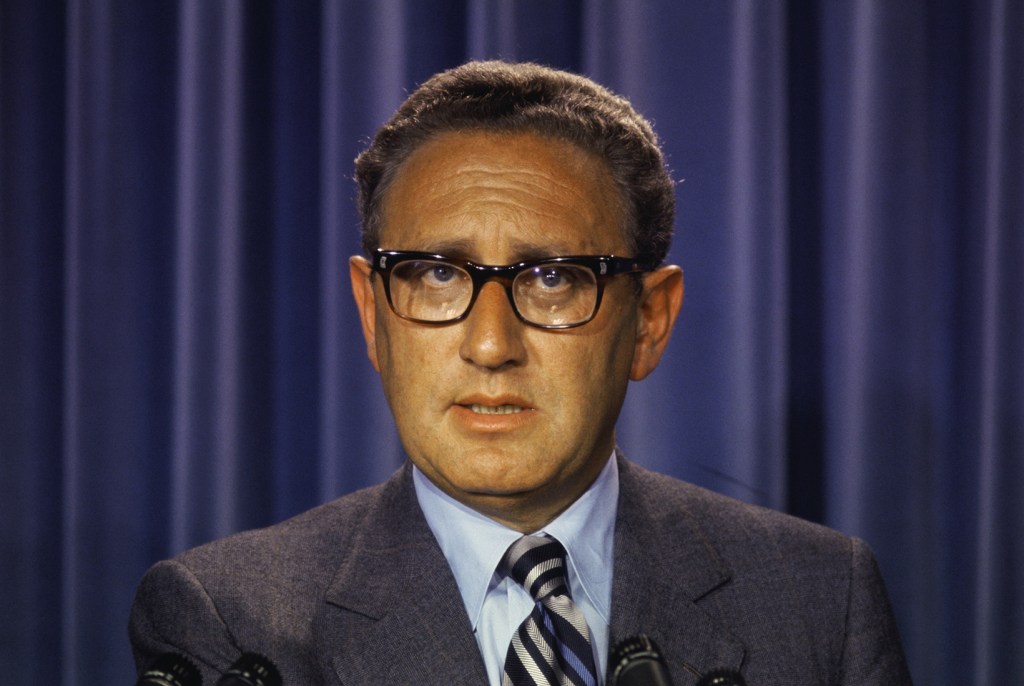






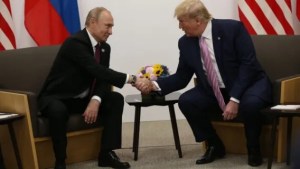
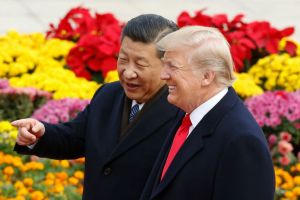
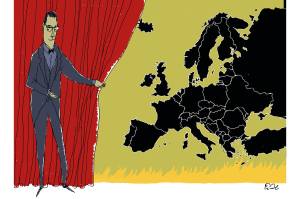
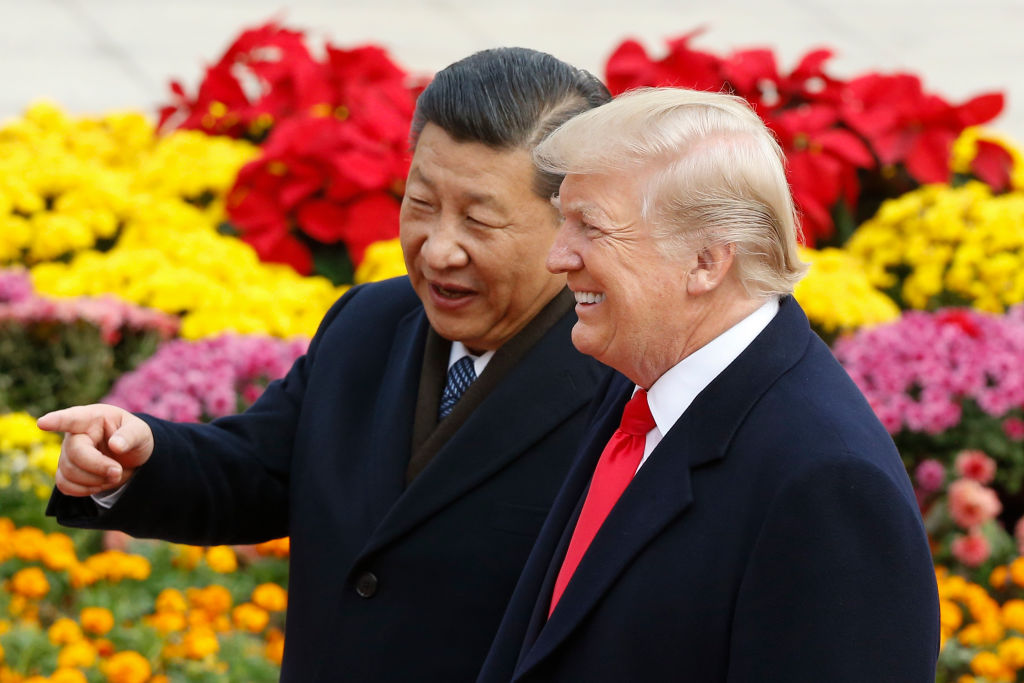
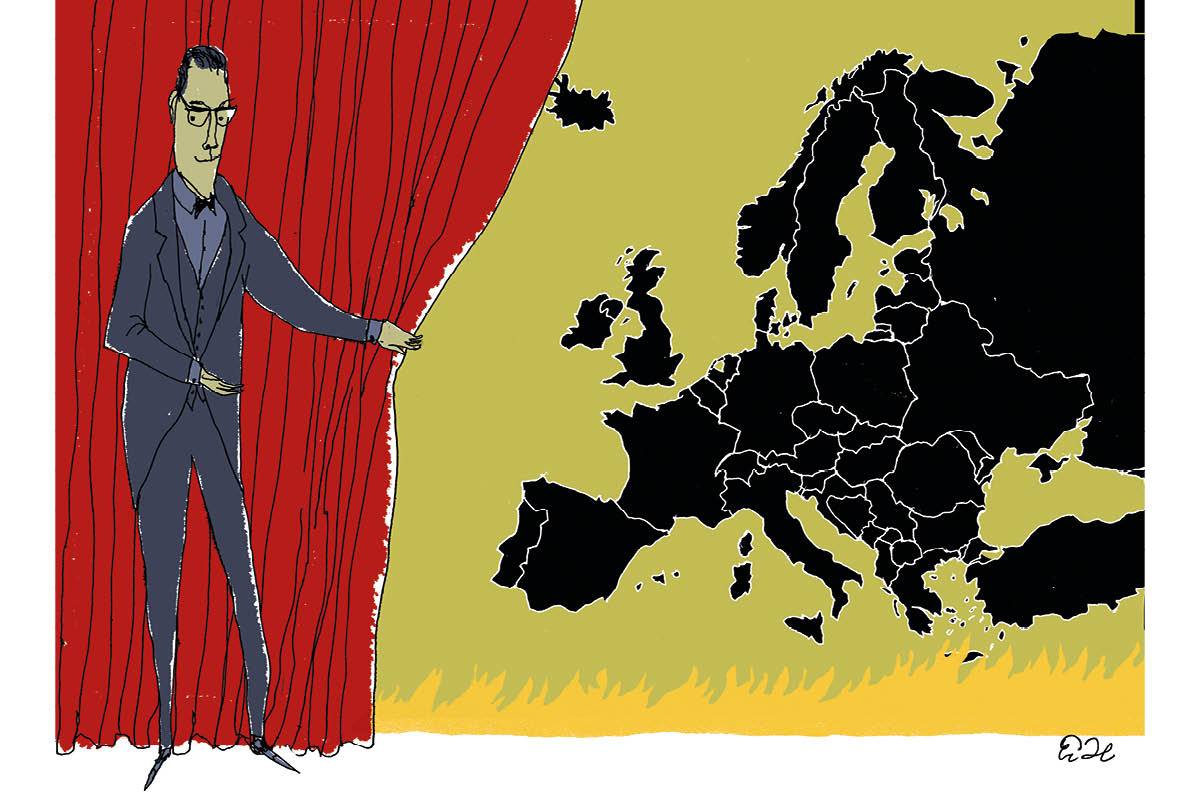
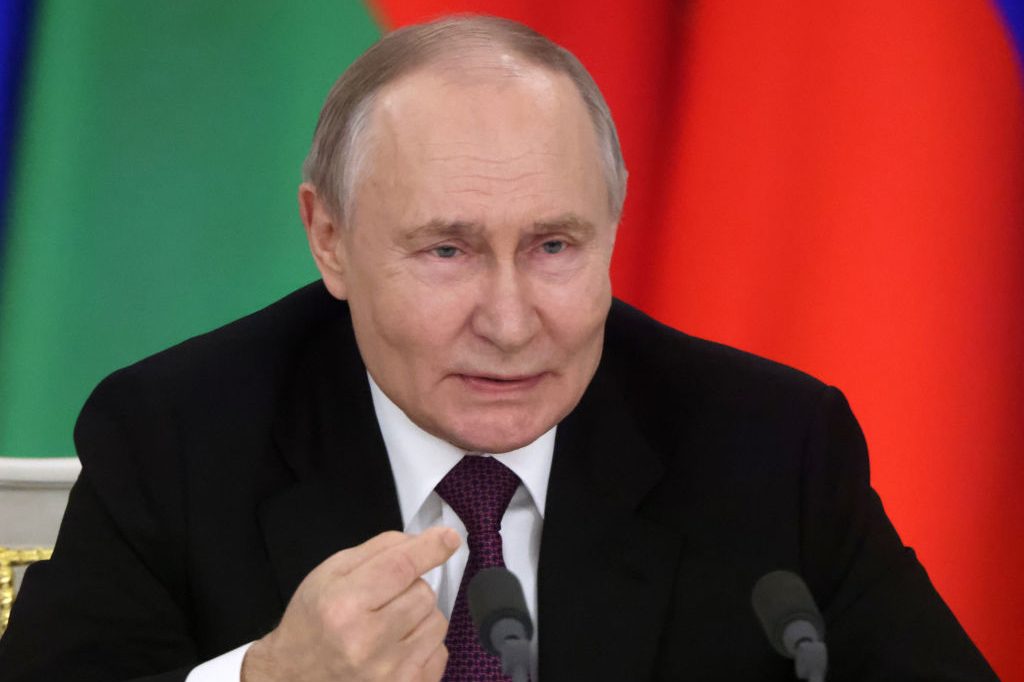


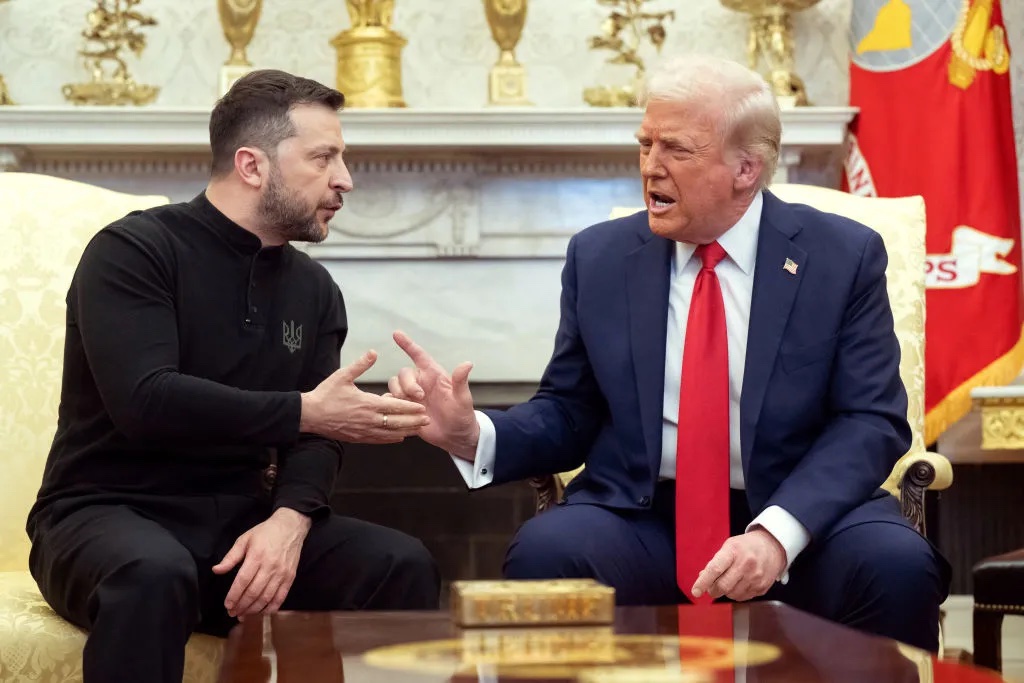







Leave a Reply